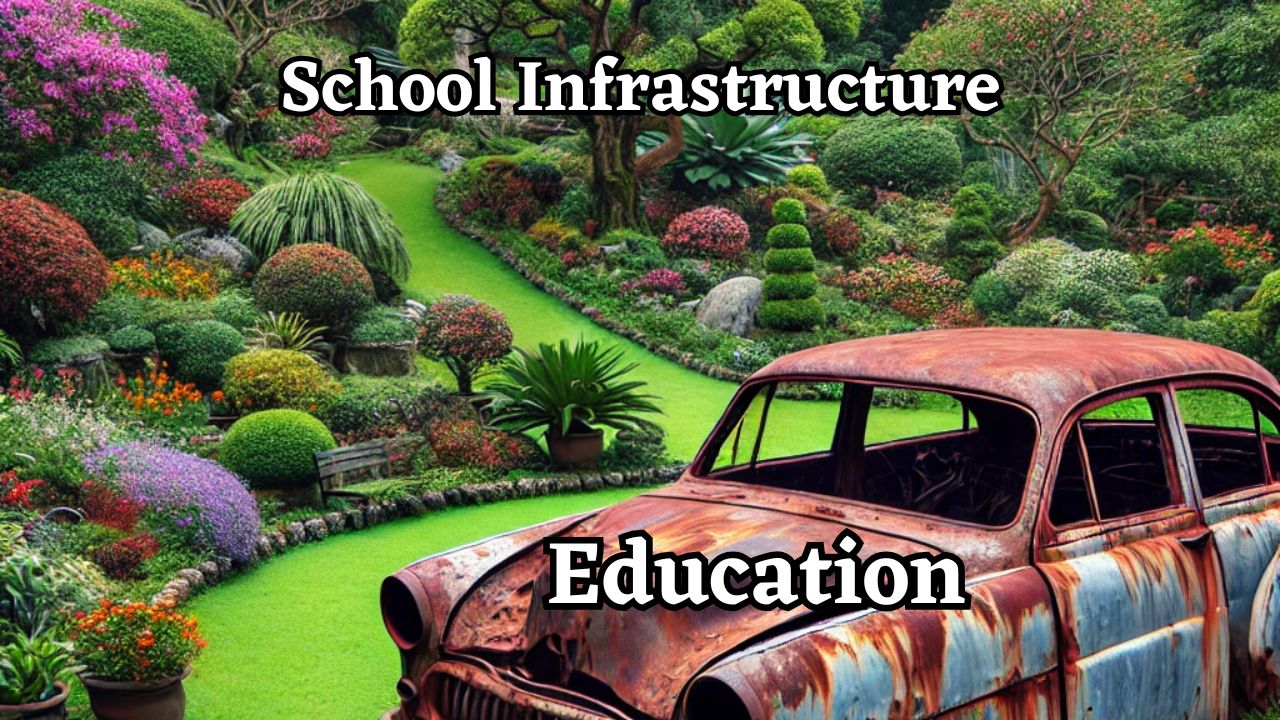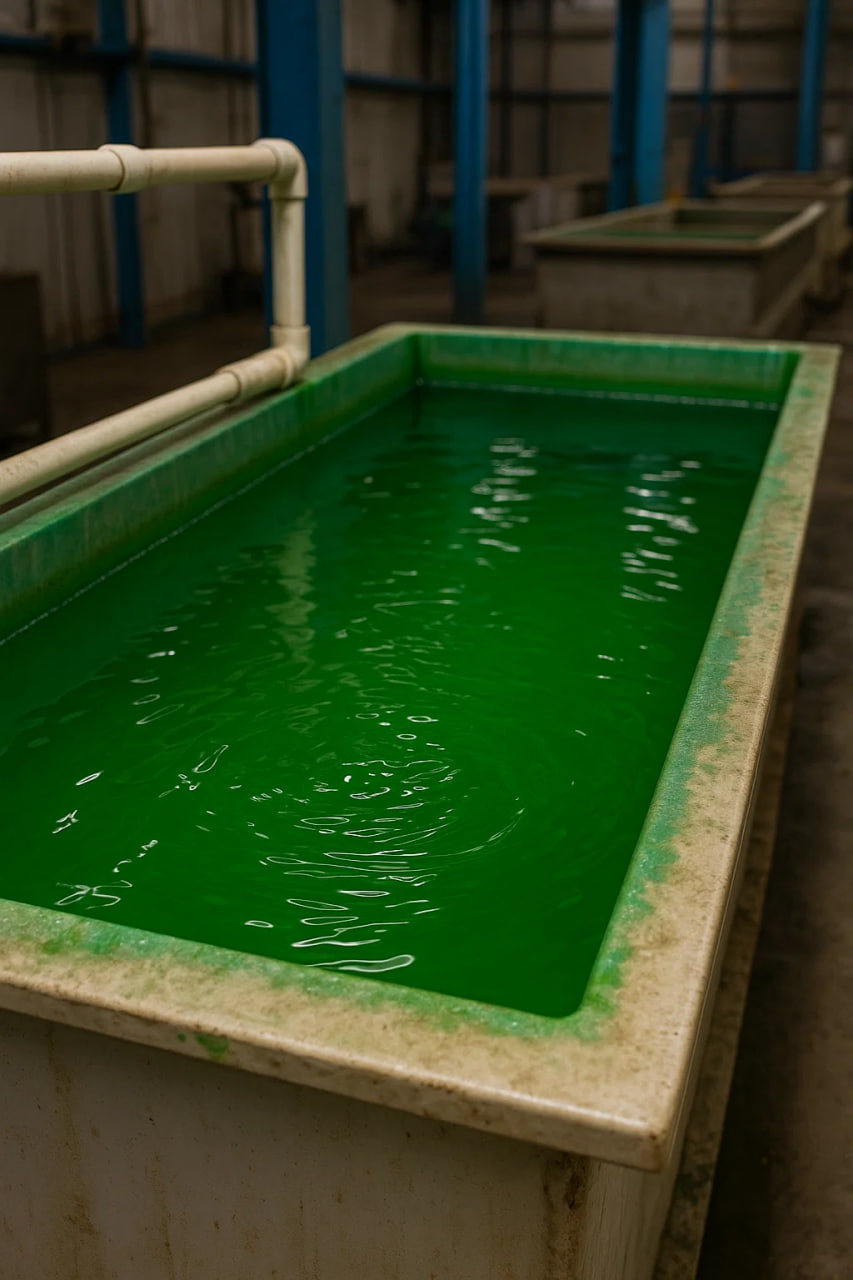by Dr E. Ramanathan
Prevention of Corrosion and Good Teaching: The Real Foundation for Success
In the world of engineering and education, there exists a fundamental principle: prevention is better than cure. Whether we talk about protecting metal structures from corrosion or nurturing young minds through education, the emphasis should be on strong foundational practices rather than superficial enhancements. Investing in costly top coats for corrosion resistance or extravagant school infrastructure without focusing on core teaching quality is a flawed approach.
Preventing Corrosion: A Proactive Approach
Corrosion is a natural process that deteriorates metals over time, leading to structural weakness and financial losses. Many industries opt for expensive topcoats to protect metal surfaces, but this is often a reactive approach. Instead, implementing fundamental preventive measures can yield far better results at a lower cost:
- Material Selection: Choosing corrosion-resistant materials like stainless steel, alloys, or non-metallic alternatives significantly reduces the risk of corrosion.
- Surface Treatment: Methods such as galvanization, anodizing, and phosphating create protective layers that prevent direct exposure to environmental factors.
- Environmental Control: Controlling moisture, humidity, and exposure to chemicals can slow down corrosion significantly.
- Cathodic Protection: Using sacrificial anodes or impressed current systems to prevent metal oxidation.
- Regular Maintenance: Periodic inspections and minor repairs help in preventing severe corrosion-related damage.
Rather than applying costly topcoats after corrosion starts, these preventive measures ensure long-term durability and cost-effectiveness.
Good Teaching: The Core of Quality Education
Education follows a similar principle. Many institutions invest heavily in world-class infrastructure, air-conditioned classrooms, smart boards, and fancy buildings. While these may enhance the appearance and comfort of a school, they do not directly contribute to learning outcomes. Good teaching is the real foundation of quality education.
- Strong Teacher Training: Well-trained teachers who understand pedagogy, subject depth, and student psychology are more effective than any technological tool.
- Interactive & Conceptual Learning: Encouraging critical thinking, real-world applications, and problem-solving makes learning more effective than rote memorization.
- Regular Student Engagement: A teacher who interacts, clarifies doubts, and ensures comprehension is more valuable than digital classrooms with no personal attention.
- Assessments & Feedback: Frequent assessments, constructive feedback, and student support systems drive better academic outcomes.
- Moral & Ethical Education: Instilling discipline, curiosity, and a love for learning is more crucial than just achieving high marks.
The Common Thread: Strong Foundations Over Superficial Fixes
Both corrosion prevention and quality education emphasize one key principle: investing in strong fundamentals instead of temporary fixes. In engineering, preventing corrosion through material choice and protection methods is more sustainable than covering up issues with expensive topcoats. Similarly, in education, a great teacher and a strong learning system matter more than luxury classrooms.
The best quality paint applied to poorly treated metal components is worse than normal quality paint applied to thoroughly cleaned bare metal components. Institutions and industries must recognize that real strength comes from the core, not from external layers. Whether protecting a metal structure or building a student’s future, prioritizing fundamentals over surface-level enhancements leads to long-term success.
Good Teaching: The Core of Quality Education
Education follows a similar principle. Many institutions invest heavily in world-class infrastructure, air-conditioned classrooms, smart boards, and fancy buildings. While these may enhance the appearance and comfort of a school, they do not directly contribute to learning outcomes. Good teaching is the real foundation of quality education.
- Strong Teacher Training: Well-trained teachers who understand pedagogy, subject depth, and student psychology are more effective than any technological tool.
- Interactive & Conceptual Learning: Encouraging critical thinking, real-world applications, and problem-solving makes learning more effective than rote memorization.
- Regular Student Engagement: A teacher who interacts, clarifies doubts, and ensures comprehension is more valuable than digital classrooms with no personal attention.
- Assessments & Feedback: Frequent assessments, constructive feedback, and student support systems drive better academic outcomes.
- Moral & Ethical Education: Instilling discipline, curiosity, and a love for learning is more crucial than just achieving high marks.
The Common Thread: Strong Foundations Over Superficial Fixes
Both corrosion prevention and quality education emphasize one key principle: investing in strong fundamentals instead of temporary fixes. In engineering, preventing corrosion through material choice and protection methods is more sustainable than covering up issues with expensive topcoats. Similarly, in education, a great teacher and a strong learning system matter more than luxury classrooms.
Institutions and industries must recognize that real strength comes from the core, not from external layers. Whether protecting a metal structure or building a student’s future, prioritizing fundamentals over surface-level enhancements leads to long-term success.
Good Teachers are more important than Infracstructures in School education
Good teachers are more important than infrastructure for education. While infrastructure (such as buildings, labs, and technology) can enhance learning, it is ultimately the quality of teachers that determines the effectiveness of education. A skilled teacher can engage students, adapt to different learning styles, and inspire critical thinking, even in a modest setting. Poor teaching, on the other hand, cannot be compensated for by the best facilities.
However, infrastructure plays a supporting role, especially in subjects that require hands-on learning, such as science and technology. A balanced approach, with strong teaching and adequate infrastructure, provides the best educational outcomes.




